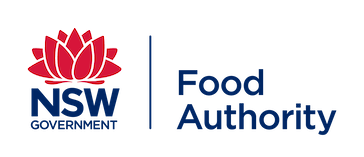Toxoplasma and Cryptosporidium
The NSW Food Authority undertook a brief overview of what is known about the parasites Toxoplasma gondii and Cryptosporidium to ensure that the interventions and advisory materials we have in place are appropriate in light of current knowledge.
Toxoplasma gondii has ranked highly in burden of disease estimates for foodborne pathogens in the Netherlands and the USA. The high burden of disease estimate results from very serious illnesses that are reported in a small number of exposed people.
Congenital illness, resulting from infection of the unborn baby, can result in life-long disability. Infections in immune-compromised people can be severe. Eye problems can result from toxoplasmosis acquired later in life.
Several members of the Cryptosporidium genus, but particularly C. hominis and C. parvum cause diarrhoea. They can also result in very serious illness in immune-compromised people. In the general community, young children and their carers are more prone to infection.
Results
Toxoplasmosis is a serious illness in a relatively small proportion of those exposed to the parasite.
Expert groups have drafted guidance that will reduce illness. The focus has been on women of childbearing age to prevent congenital toxoplasmosis however, the threat of ocular disease means that the guidance has universal importance.
Cryptosporidiosis is a short-term illness for most people but can cause prolonged life-threatening disease in immune-compromised people.
Again, experts have designed a comprehensive set of interventions for use on farm, in recreational water situations and for drinking water protection. High levels of personal hygiene are also required to overcome the highly infectious nature of the parasite.
The results of the survey showed that current interventions and advisory materials by the Food Authority in relation to Toxoplasma gondii and Cryptosporidium are satisfactory.
Full results are available in the report below.
Toxoplasma and Cryptosporidium in the food supply August 2014 (pdf 1.6MB, 31pp)
 Table of contents
Table of contents
Abbreviations and definitions
Executive summary
Introduction
Toxoplasma gondii
Cryptosporidium
Foodborne cryptosporidiosis
Cryptosporidium interventions
Conclusions
Appendix
